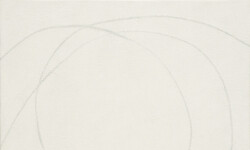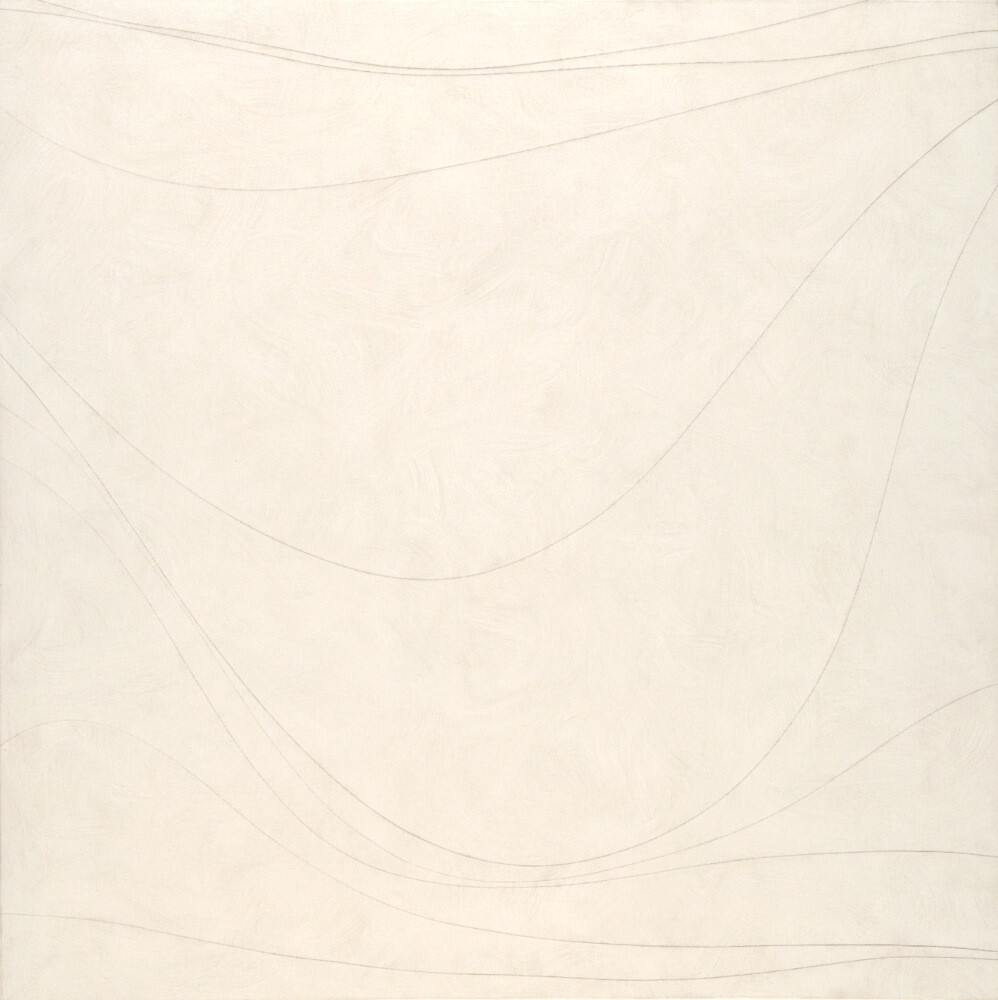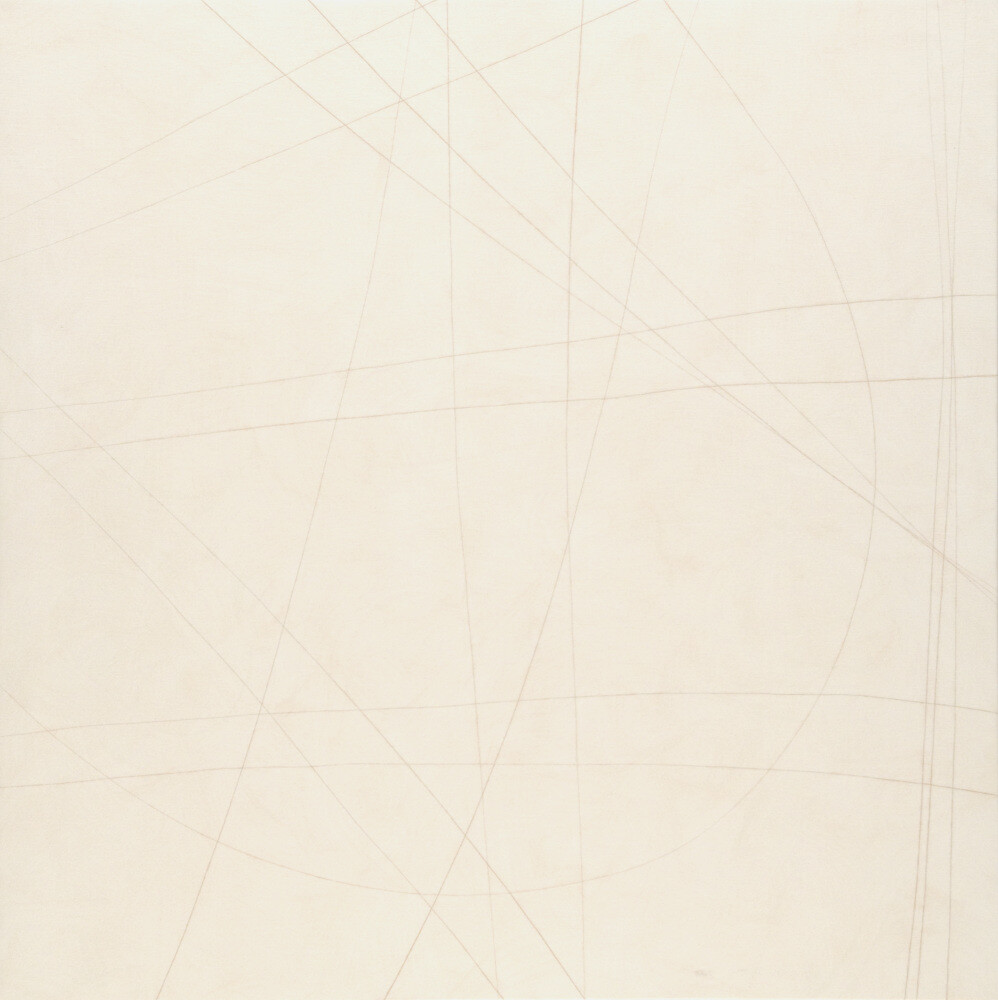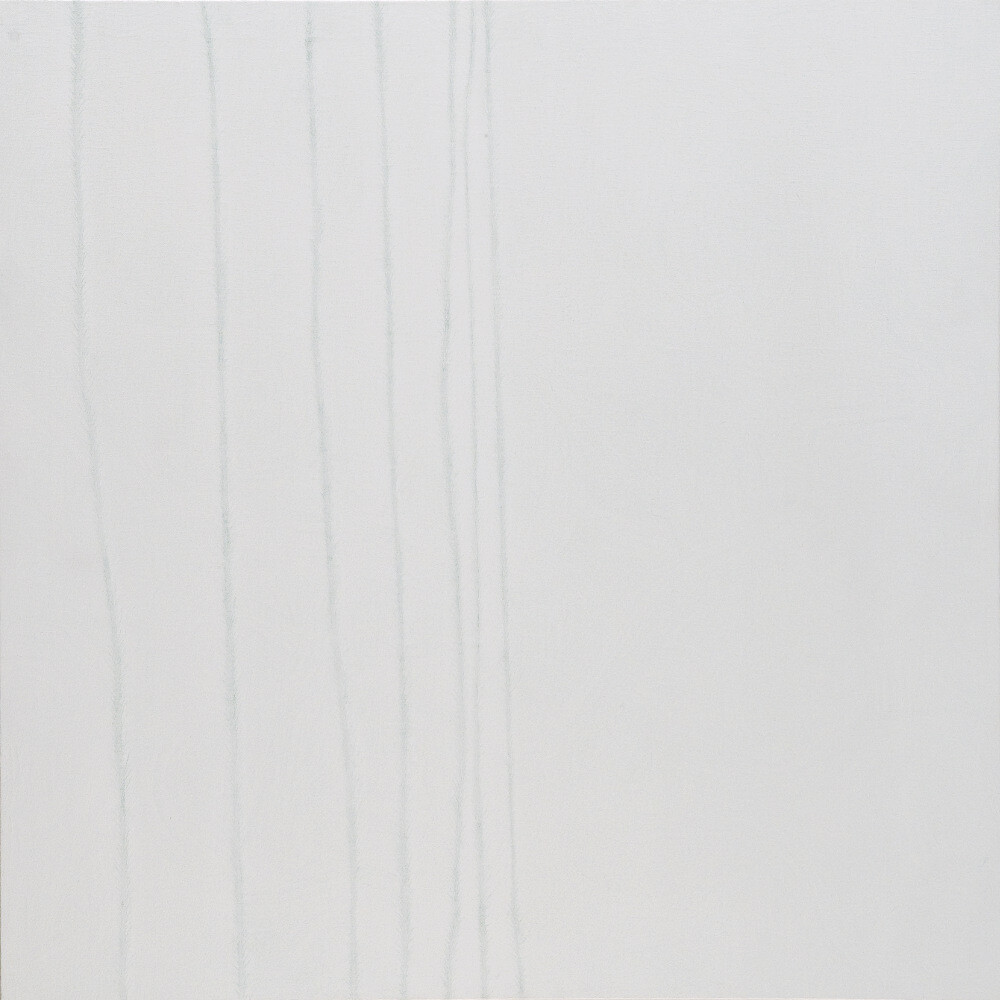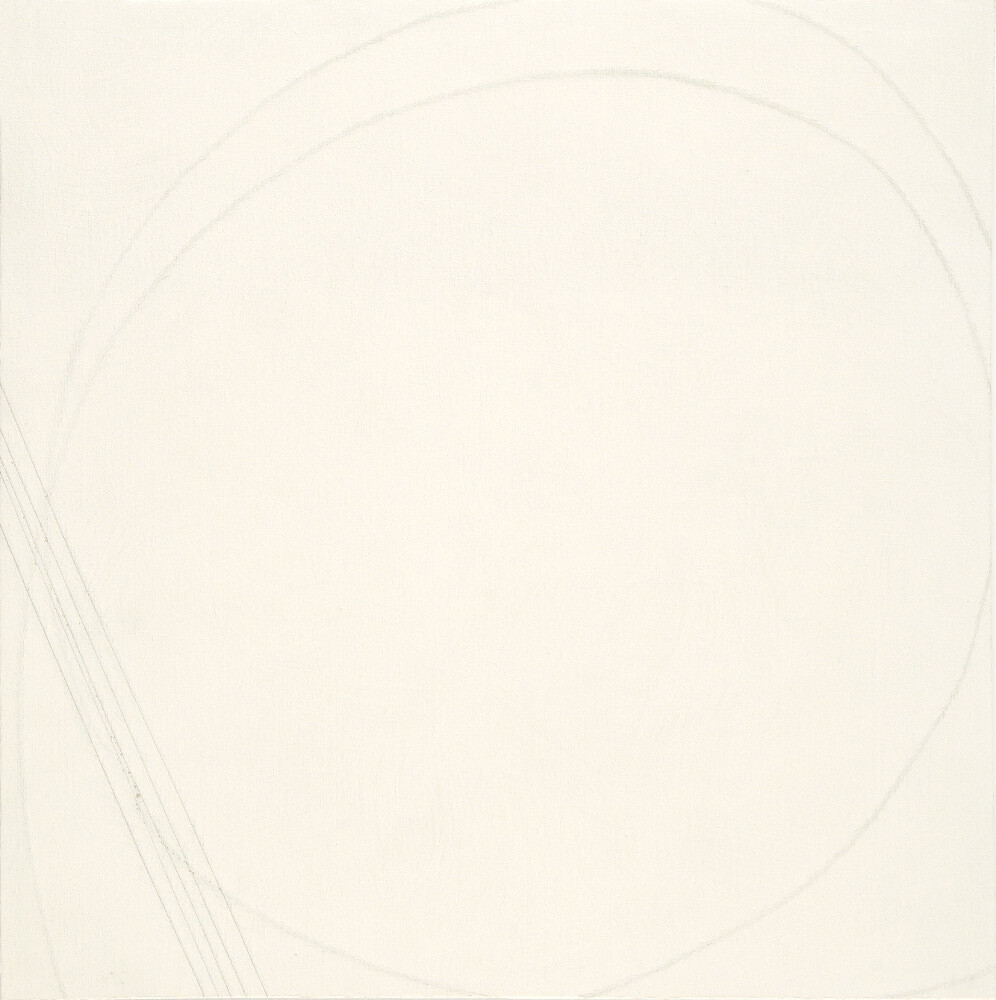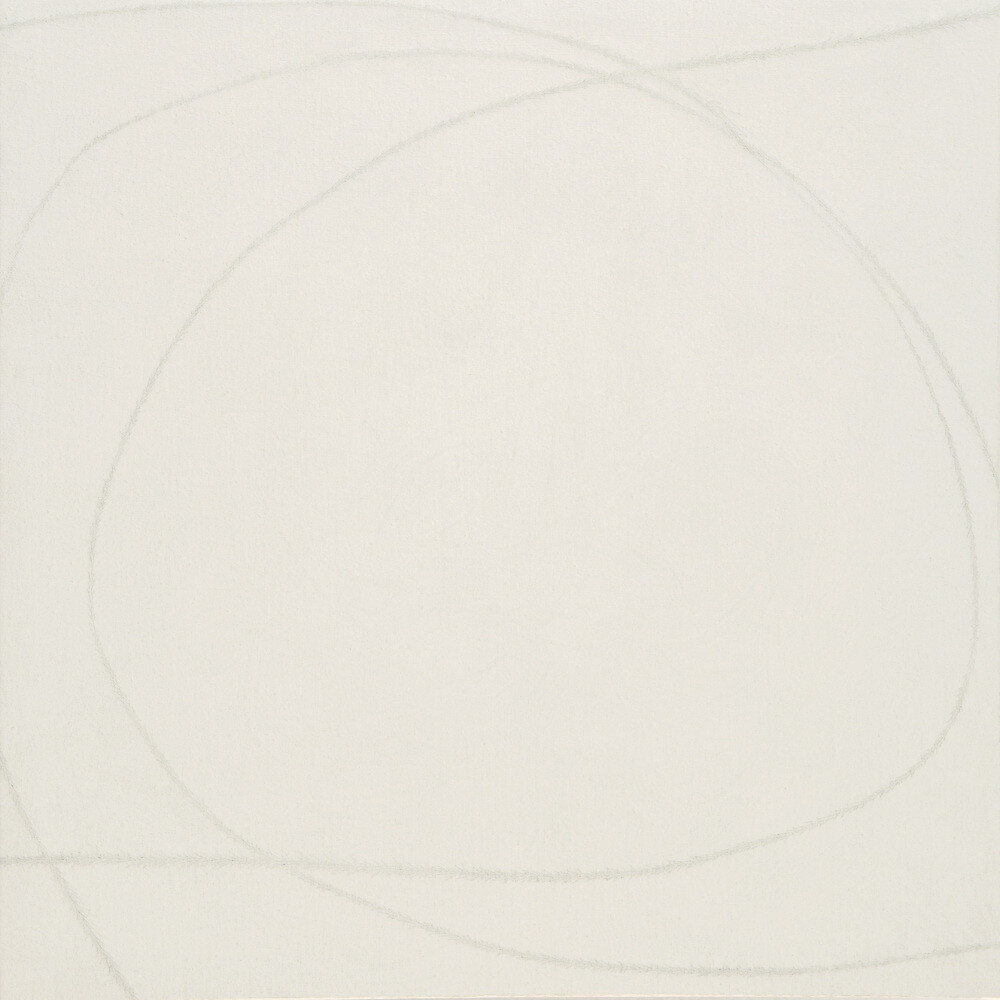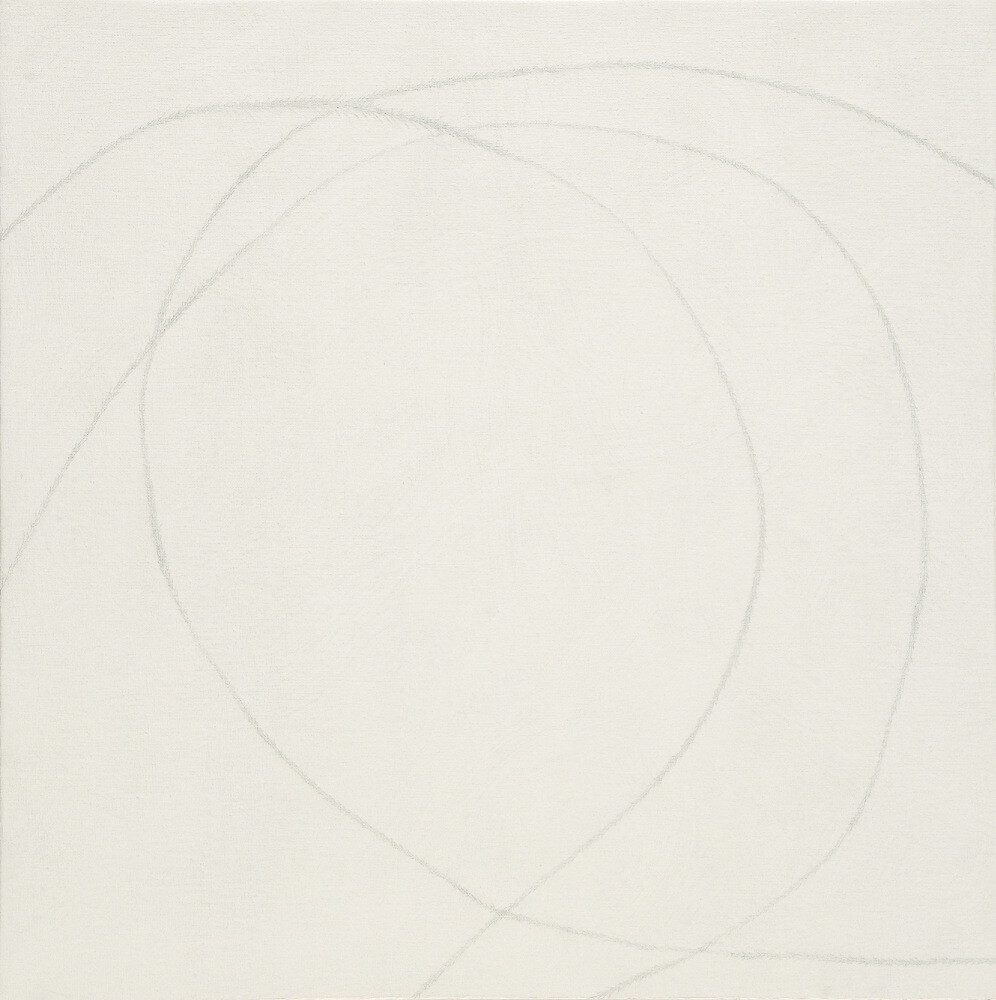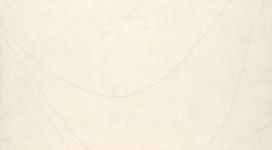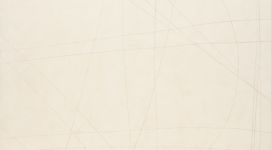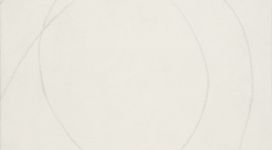| MIMMO ROSELLI | Exhibition 2007 | |
| Catalog |
Mimmo Roselli was born in Rome in 1952; at the age of ten he moved to Florence, where he lives and works. In the late Sixties he attended the Liceo Michelangiolo classical secondary school, while at the same time frequenting the studio of the sculptor Vanni Cortecci. This acquaintance led him to devote himself to painting (the medium of his first expressive experiences) and sculpture, transferring to canvas his passionate interest in landscape and evolving the theme of “man and society” which was crucial to his artistic career. From the Seventies – in the early years of which he had his first one-man show in the Florentine territory – to the mid Eighties he produced the cycle Le acque – La terra (Waters-Earth) (1974-84) where the pictorial matter featured a highly dilute and delicate colour verging on the transparent, distributed in just a few brushstrokes through stratifications of glaze that characterise the surface, often in shades of pink, blue and golden yellow, in the manner of Beato Angelico and referring back – being sensitive to the antique – to the fresco technique of Tuscan tradition.
In the second half of the Eighties he also worked in Venice, developing a relationship with oriental culture, particularly in relation to the significance of the “void”, in the pictorial cycle Il vuoto-Il pieno (Empty-Full): voids of space and voids of matter characterise his paintings, where the space itself refers back to a mental mode of meditative potency. In 1986 he displayed at Il Traghetto. The exhibition at the Bund Deutscher Kunstler Galerie in Stuttgart in 1988 launched a close-knit relation with the German artistic culture that distinctly appreciated the quality of his research and its contemporary quality. He set to work on the Borderline cycle, analysing the concept of border, the borderline of the void, sign and background: “…what exists on the borderline is characterised by extreme instability and possesses the capacity, the force of change”.
For Roselli, who assumed the concept of a moral valency in art, the artist’s capacity and duty to work upon “conscience” through art, these were highly significant years for the immense human experience which has always marked his life as an artist. In his frequent journeys to South America (from 1985) he has come into contact with marginal social realities, especially in Bolivia and Brazil, where he not only displays his art but also performs voluntary work and actions of international co-operation.
In both America and Italy he also devotes himself to mural painting, working in an interactive manner with groups of people, and making himself the spokesman for a social message through the creation and exploitation of the artistic work itself. We ought to mention his work at one of the Guaranì communities in Bolivia (1988) with the Ascensione (Ascension); and in the community of the Favela of Santa Marta, in Rio de Janeiro (Brazil, 1991) with Por uma favela; in Italy at the community of senior citizens in Villa Solaria in Sesto Fiorentino (Florence, 1992) with Flussi d’incontro (Flows of meeting).
Roselli has always measured himself at international level with the most diverse communities and cultures, travelling for the love of dialogue and exchange, seeking to probe the depths of different styles and values. His activities and artistic endeavours in the Brazilian favelas are proof of this, aimed as they are at establishing relations, pointing up paths and possible routes.
The 90s found him devoting himself with constancy to the realisation of a series of shows that took place not only in Europe (Italy, Switzerland, the Czech Republic and Germany, also in collaboration with other artists such as Herbert Mehler and Ivan Ouhel), but also in the United States (San Francisco, Chicago, Santa Monica etc.) and in Latin America –mostly curated by Irma Arestizabal – (Bolivia, Brazil, Argentina, Venezuela).
In these years his artistic progress was increasingly enhanced by projects, acquaintance with artists from other countries, travels and artistic activities that were not only practical, but also theoretical. He conceived the project Artisti in viaggio (Artists on Tour), international artists in the studios (1994, Bagno a Ripoli/Florence). He also became increasingly engaged with the Arte e Ospedale (Art and Hospital) relationship, which he explored also in collaboration with artists such as Poul Gernes and Ettore Spalletti, both directly through projects of artistic intervention, and by curating international symposia such as that held in Florence in 1998, and publications (such as that cited above published by Gli Ori), and holding seminars and conferences (for example, Arte visiva e Ospedali (Visual Arts and Hospitals) in many American cities (La Paz, New York, Buenos Aires).
Between 2007 and 2008 Mimmo Roselli starts the project of the School of Art (music and visual arts) of Chaco, a Bolivian Region. Therefore he spends still a lot of his time on activities in Bolivia, which led in 2016 to the first edition of the Santa Rosa Festival, an event of music, visual arts and theater, followed by the second edition in 2018.
As a result of repeated sojourns and shows in New York (in 2009, Residency at Art Omi), he has also intensified his frequentation of artists such as Michael Goldberg, Lynn Umlauff, Robert Ryman, Taadaki Kuwaiama, etc.
He is present at the most important art fairs (Cologne, Chicago, Basel, Bologna, Milan). At Arte Fiera 2011 he sets up an installation for the space of Il Ponte Gallery.
He has had a constant stream of one-man and collective shows in galleries and museums, among which we would mention those of New York (The artist and the book in twentieth-century, MOMA, 1992); Bergamo (Ottovolante. Per una collezione d’arte contemporanea, GAMeC, 1992); Würzburg (Marmelsteiner Kabinett, Kunsthalle, 1998/99), Munich (Kunstbunker Tumulka, 1998-99), Bergamo (Circum 222, GAMeC) and Florence (Museo Marino Marini, 1998/99); Buenos Aires (Centro Cultural Recoleta, 1999), Hyvinkaa (Contemporary Art Museum,1999); La Paz (Museo Nazionale di Arte, 2001); Heidelberg (Kunstverein, 2002), New York (Chelsea Art Museum, 2002); Bergamo (GAMeC, 2003), New York (Holland Tunnel, 2003); Lodz (I Biennale, 2004); New York (Kentler International Drawing Center, 2005), Berndorf / Wien (Museum Arterra; Kunsthistorishe Museum, 2005), Prague (Galerie Bayer & Bayer e Galerie 9, 2005); Wien (Palais Epstein, 2006), Nicosia (Artosfoundation, 2006); Tarija (Museo Francisco Miguel Marì, 2007), Florence (Lineare, Il Ponte gallery and Archeological Museum, 2007); Budapest (Kiscelli Muzeum, 2008), Rome (Tor Vergata University, LineeDEA, 2008); New York (Measuring the space, OK Harrys works of art, 2009), Wien (Art Mark Galerie, 2009), New York (2012+ The Drop, 2009); Wien (Abstrakt-konstructive Kunst, Art Mark Galerie, 2010); Budapest (Art on Lake, Museum of Fine Arts, Artworks on water – Projects and Models, Vasarely Museum, 2011); New York (Diagonal, Sylvia Wald and Po Kim art gallery, 2013), Venice (55° Biennale, Padiglione Venezia, 2013) Sofia (Water Tower Festival, 2013); Carmignano, Prato (Dialoganti, S.A.A.M./Schema Polis, 2014), Venice (Vitraria Glass +A Museum, 2014); Daegu (Silence, Meditation and Resonance, Gallery Shilla, 2016) New York (Il gigante buono, Casa Italiana Zerilli-Marimò, 2016); Eisingen (Toccare, Erbachshof art project, 2018).
